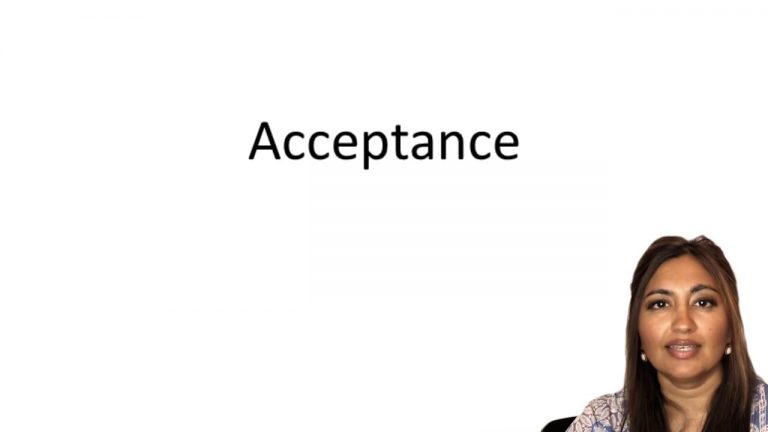SmartBrief
Confirm favorite deletion?
Contracts Keyed to Barnett
White v. Corlies & Tifft
Citation:
Court of Appeals of New York, 46 N.Y. 467 (1871)Facts
In September 1865, the Merchants instructed Builder to construct a suite of offices at 57 Broadway and requested an estimate of the cost. On September 28th, Builder left his estimate with Merchants for them to consider. On the same day the Merchants made a change in their specifications and Builder sent back the same estimate. On the following day the Merchants’ bookkeeper wrote the Builder a note: “Upon an agreement to finish the fitting up of offices… you can begin at once…” The Builder did not reply, and a second note revoking the offer was sent. After the Builder received the first note he began purchasing lumber and beginning work; after he received the second note he filed suit for breach of contract.
Only StudyBuddy Pro offers the complete Case Brief Anatomy*
Access the most important case brief elements for optimal case understanding.
*Case Brief Anatomy includes: Brief Prologue, Complete Case Brief, Brief Epilogue
- The Brief Prologue provides necessary case brief introductory information and includes:
Topic:
Identifies the topic of law and where this case fits within your course outline.Parties:
Identifies the cast of characters involved in the case.Procedural Posture & History:
Shares the case history with how lower courts have ruled on the matter.Case Key Terms, Acts, Doctrines, etc.:
A case specific Legal Term Dictionary.Case Doctrines, Acts, Statutes, Amendments and Treatises:
Identifies and Defines Legal Authority used in this case.
- The Case Brief is the complete case summarized and authored in the traditional Law School I.R.A.C. format. The Pro case brief includes:
Brief Facts:
A Synopsis of the Facts of the case.Rule of Law:
Identifies the Legal Principle the Court used in deciding the case.Facts:
What are the factual circumstances that gave rise to the civil or criminal case? What is the relationship of the Parties that are involved in the case.Issue(s):
Lists the Questions of Law that are raised by the Facts of the case.Holding:
Shares the Court's answer to the legal questions raised in the issue.Concurring / Dissenting Opinions:
Includes valuable concurring or dissenting opinions and their key points.Reasoning and Analysis:
Identifies the chain of argument(s) which led the judges to rule as they did.
- The Brief Prologue closes the case brief with important forward-looking discussion and includes:
Policy:
Identifies the Policy if any that has been established by the case.Court Direction:
Shares where the Court went from here for this case.

 19m 28s
19m 28s